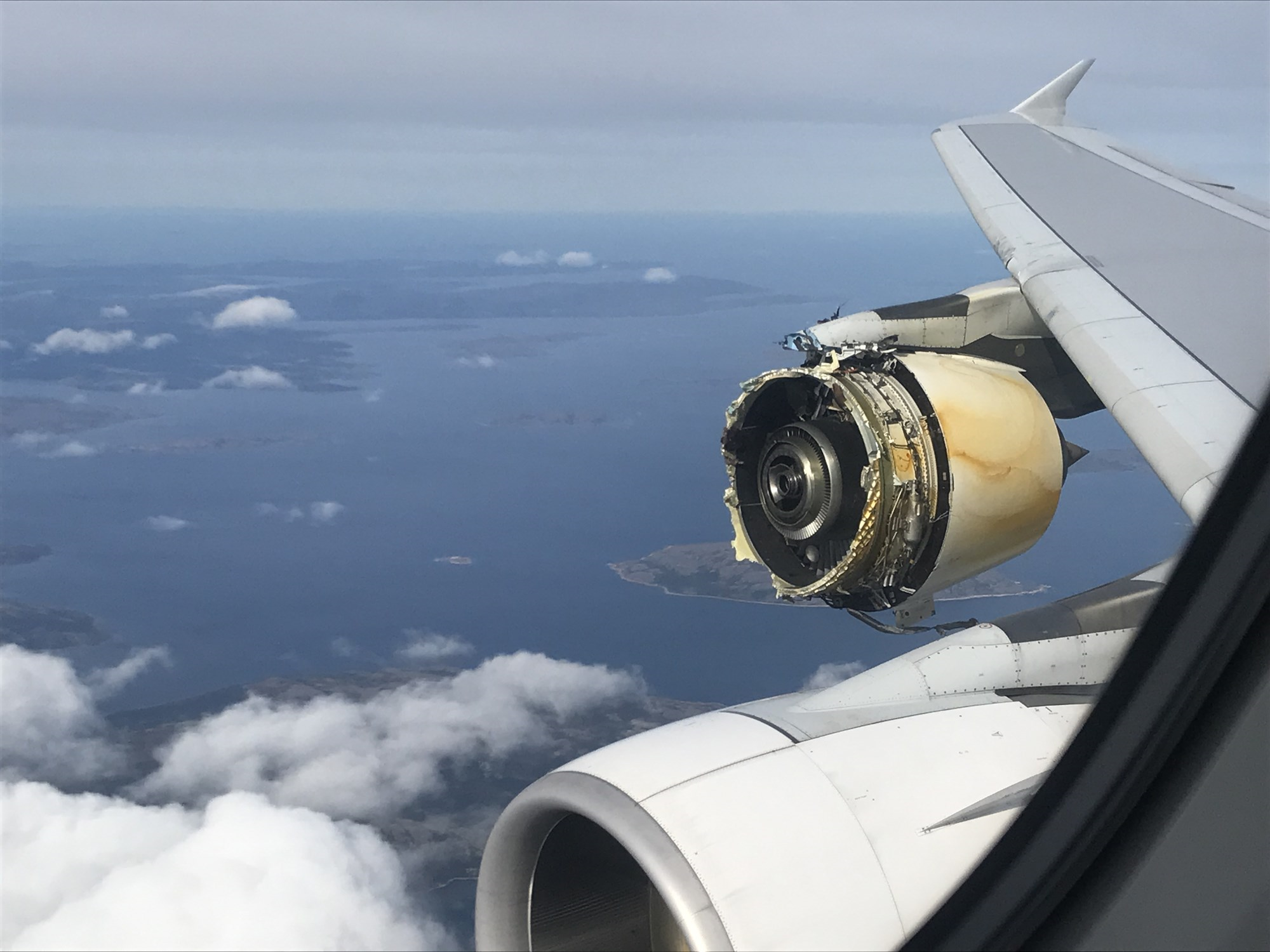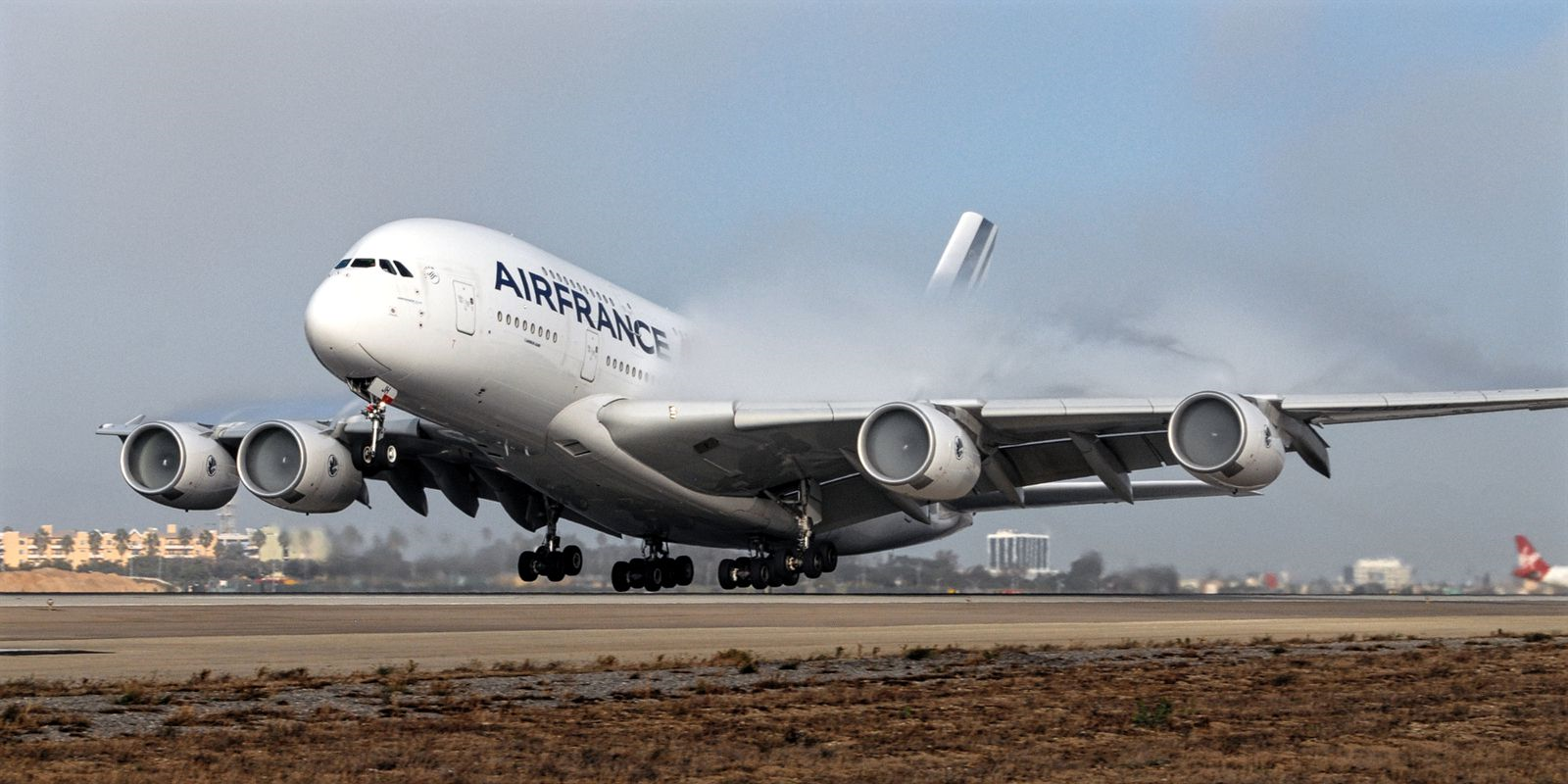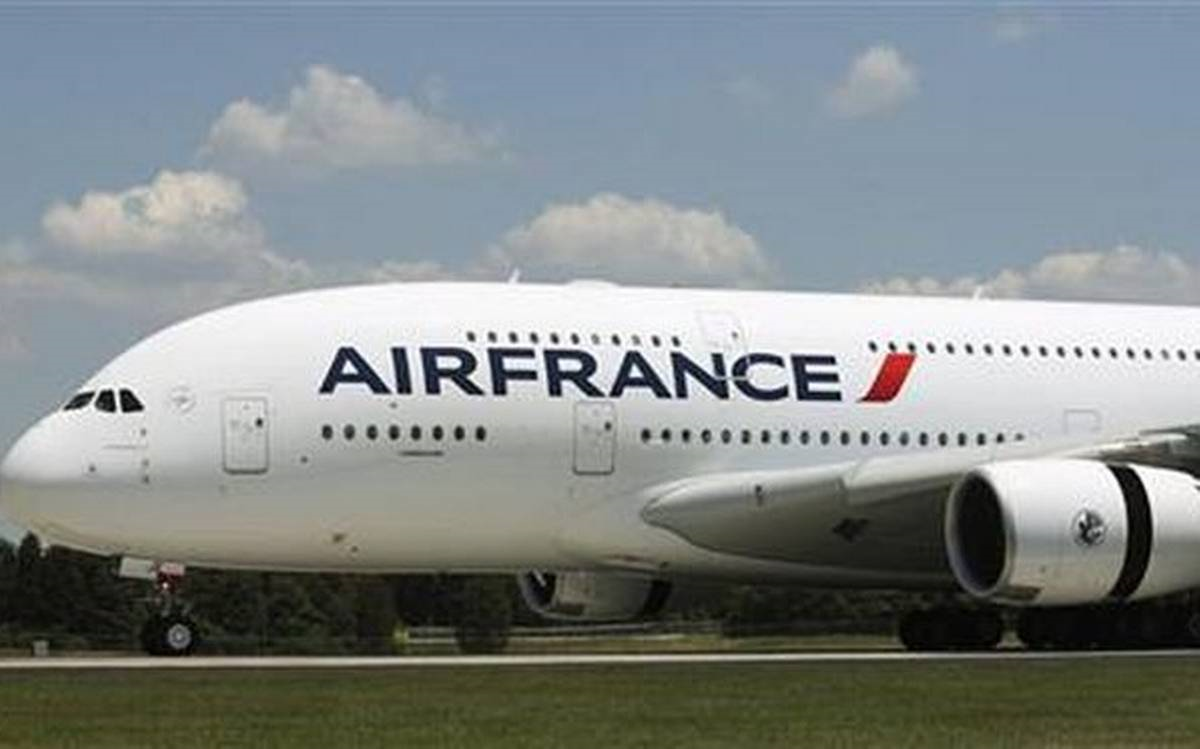Accidents
On September 27, 2020 an Airbus A380 operated by Air France made an emergency landing at Canada's Goose Bay airport after suffering an uncontained engine failure. This marked the second time an airbus A380 suffered an uncontained engine failure. The emergency landing by the pilot proved to be a great decision as there were 497 passenger and 24 crew members on board. A general conclusion of the investigation which followed the incident says that there was a lack of knowledge about the alloy used for plane's engine parts.

Serial numbered F-HPJE the airbus A380 was scheduled from Paris airport to Los Angeles International Airport. After being in air for 5 hours the aircraft's engine number 4 failed and exploded causing the pilot to make an emergency landing at Goose Bay airport, a military base in Canada, which was also used for civilian flights. However the passengers were not allowed to get out of the flight because the airport was not equipped to accommodate so many passengers. The next morning another Air France aircraft and a charter plane arrived to take the passengers to their destination.

An investigation by AeroTime found that the first rotating fan assembly at the front of the engine and the air inlet and fan case separated mid flight and this caused minor structural damage to the aircraft. The engine later exploded and parts of it were scattered in the Greenland island. two hours later the plane made an emergency landing in Canada. It took the researchers 21 months to collect the missing parts to finalise the analysis of the incident. It took several visual scanning and aerial radar campaigns to find out the broken and shattered parts. The alloys used in parts of engine was titanium alloy Ti-64. However during this time the scientists were not aware of the alloy's susceptibility to cold dwell fatigue. However no blame was put on the Airbus and so it was not grounded.

Later on the European Union Safety Authority of Aviation and Federal Aviation Administration was instructed to ensure that designing, sizing and manufacturing criteria for the alloy engine parts are revised. In addition they were also advised to introduce a new in service inspection program to figure out any indications of cold dwell fatigue regarding the alloys used.
